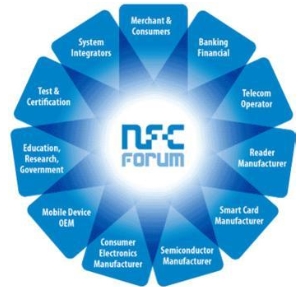
Privacy statement: Your privacy is very important to Us. Our company promises not to disclose your personal information to any external company with out your explicit permission.
86-0769-39020536
 The current advantage of China's access control system manufacturers lies in flexibility in pricing and function customization. To break through the rise in market barriers and export value, it is necessary to increase R&D investment in hard and soft power, and quickly put into production according to the individual needs of different users, and promote the industry’s Efficient progress. With the continuous deepening of the access control technology, the mobilization and integration trend of China's access control market has begun to take shape. What is the current status and future development trend of the mobile access control market?
The current advantage of China's access control system manufacturers lies in flexibility in pricing and function customization. To break through the rise in market barriers and export value, it is necessary to increase R&D investment in hard and soft power, and quickly put into production according to the individual needs of different users, and promote the industry’s Efficient progress. With the continuous deepening of the access control technology, the mobilization and integration trend of China's access control market has begun to take shape. What is the current status and future development trend of the mobile access control market? March 08, 2024
November 29, 2023
อีเมล์ให้ผู้ขายนี้
March 08, 2024
November 29, 2023

Privacy statement: Your privacy is very important to Us. Our company promises not to disclose your personal information to any external company with out your explicit permission.

Fill in more information so that we can get in touch with you faster
Privacy statement: Your privacy is very important to Us. Our company promises not to disclose your personal information to any external company with out your explicit permission.